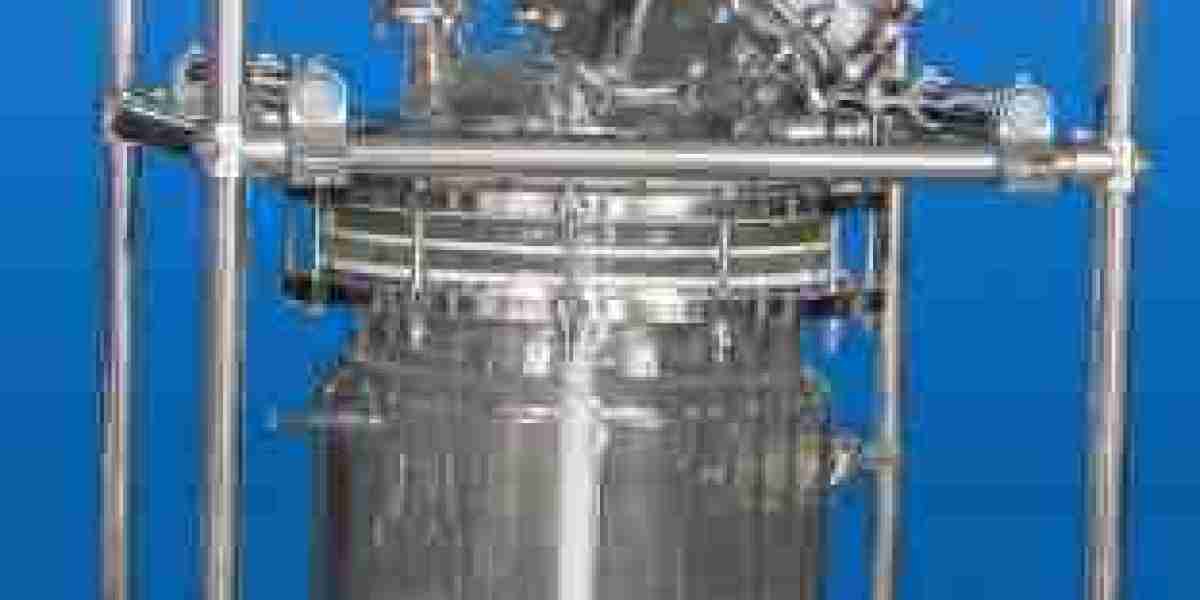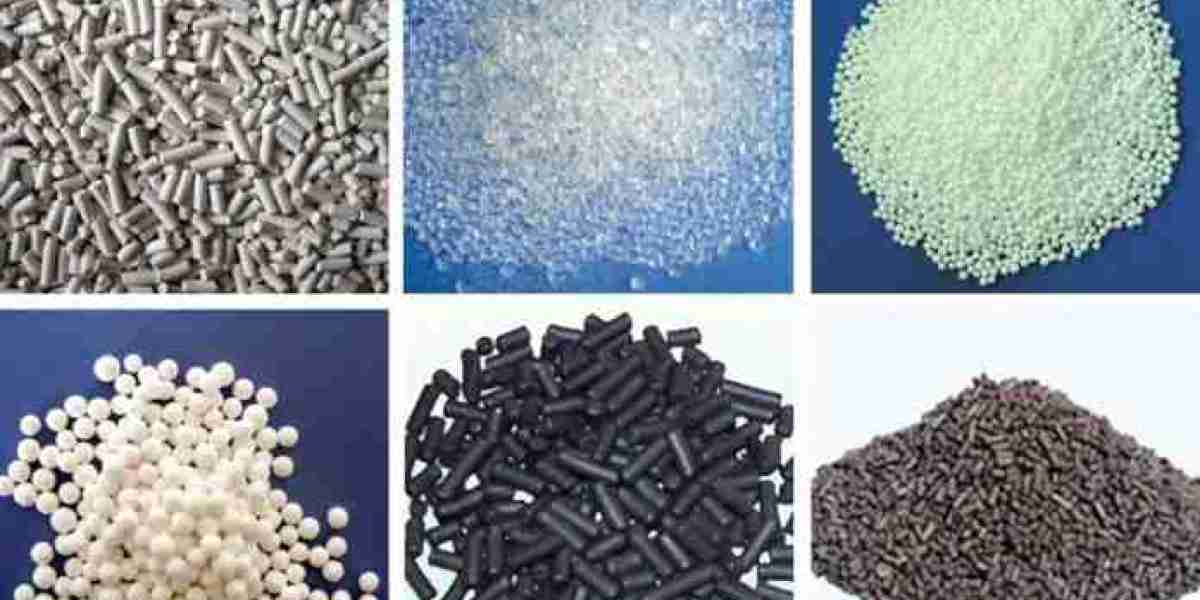The glass reactor market plays a crucial role in chemical processing, pharmaceuticals, biotechnology, and research sectors, offering precision, durability, and chemical resistance. However, despite the market's steady growth, several hindrances are curbing its full potential. These obstacles span economic, technological, regulatory, and operational domains, impacting manufacturers, suppliers, and end-users alike. Understanding these market hindrances is critical for stakeholders aiming to navigate challenges and tap into emerging opportunities.
1. High Initial Costs and Maintenance Expenses
One of the primary obstacles in the glass reactor market is the high initial investment. Glass reactors, particularly jacketed or double-layered types used in laboratories and production facilities, require premium-grade borosilicate glass and specialized components. These elements significantly raise the manufacturing cost, making it challenging for small and medium enterprises (SMEs) to invest.
Additionally, maintaining a glass reactor is both costly and labor-intensive. These systems are prone to thermal and mechanical shocks if not handled properly, and repairing or replacing components can be expensive. The requirement for trained personnel further adds to the operational burden.
2. Fragility and Risk of Breakage
Despite the chemical and thermal resistance offered by borosilicate glass, fragility remains a concern. Compared to stainless steel or other reactor materials, glass reactors are more susceptible to mechanical damage during handling, installation, or transportation. This inherent fragility increases risk in high-volume or high-pressure applications, deterring some industries from adoption.
This breakability can result in operational downtimes, production loss, and safety concerns, further discouraging large-scale deployment in sectors that prioritize robust equipment durability.
3. Limited Pressure Handling Capabilities
Glass reactors are typically suitable for low to medium-pressure applications. In industries where high-pressure reactions are essential—such as petrochemicals, advanced polymers, and certain pharmaceutical compounds—glass reactors fall short. This limitation restricts their application range, forcing industries to opt for alternatives like stainless steel or alloy-based reactors.
Even innovations like reinforced glass coatings or hybrid systems have not yet reached the scale or efficiency needed to overcome this fundamental drawback in pressure-sensitive environments.
4. Supply Chain Disruptions and Raw Material Shortages
The glass reactor industry is vulnerable to fluctuations in the supply of raw materials such as high-grade silica and specialized borosilicate. Global disruptions, such as trade restrictions, geopolitical conflicts, or natural disasters, have impacted the availability and cost of these essential materials. The COVID-19 pandemic further highlighted these supply chain vulnerabilities.
Manufacturers have struggled to maintain inventory, meet delivery timelines, and manage rising material costs—factors that directly impact the scalability and reliability of glass reactor production and distribution.
5. Stringent Regulations and Compliance Requirements
In chemical and pharmaceutical industries, reactors must meet strict regulatory standards for safety, contamination control, and quality assurance. Glass reactors, despite their chemical resistance and transparency, must be certified according to regional and international standards (like ASME, FDA, and CE).
Compliance with these standards often involves extensive documentation, third-party audits, and costly upgrades, which can be a deterrent for new entrants and a challenge for existing manufacturers looking to innovate or expand into regulated markets.
6. Lack of Skilled Workforce
Operating glass reactors requires specialized training, particularly for complex multi-step reactions or scale-up processes in pharmaceutical manufacturing. The shortage of skilled professionals who understand the intricacies of glass equipment limits the growth potential of the market, especially in emerging economies where technical training may lag behind demand.
Without adequate training and technical know-how, improper usage can lead to accidents, equipment damage, and reduced lifecycle of reactors—posing further operational risks for businesses.




